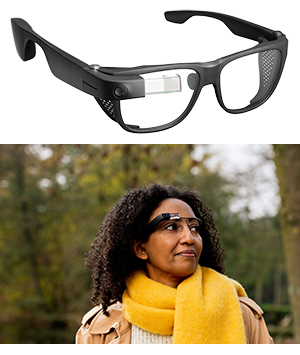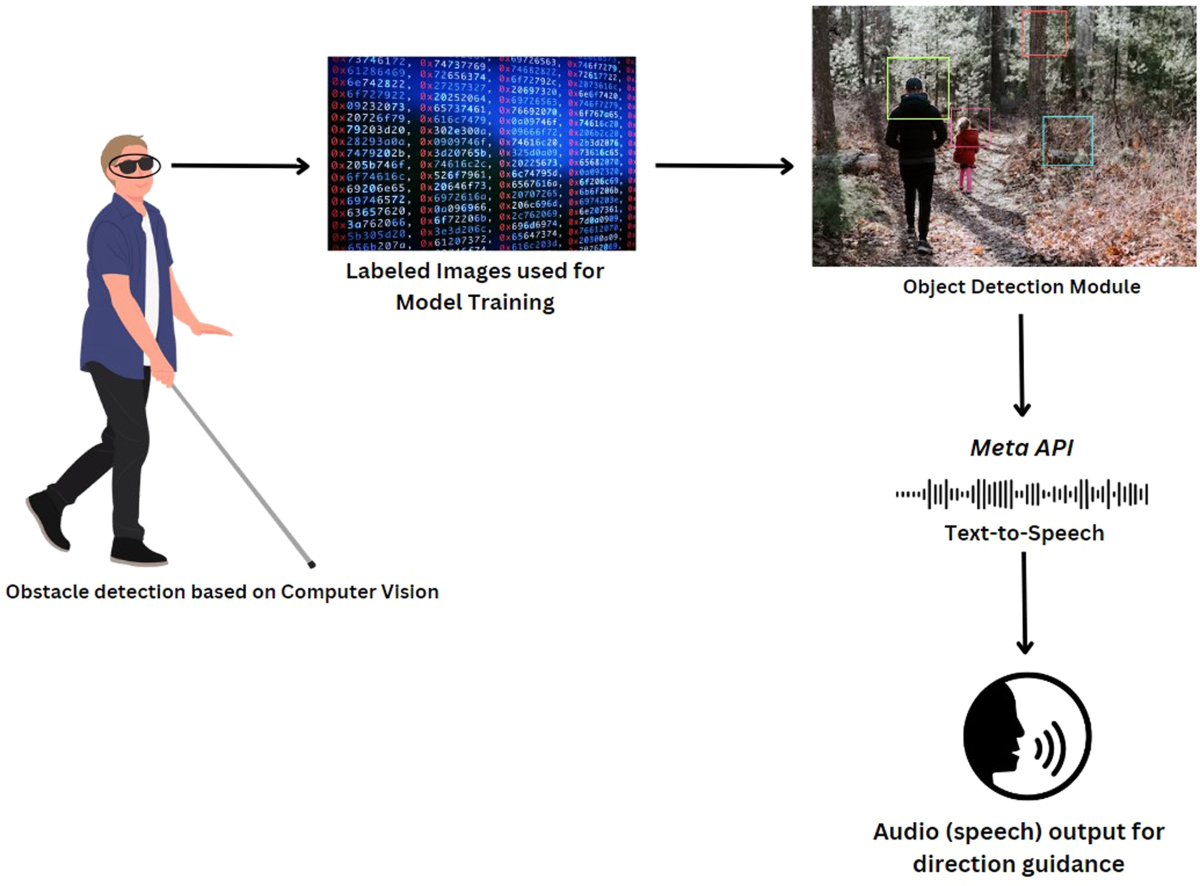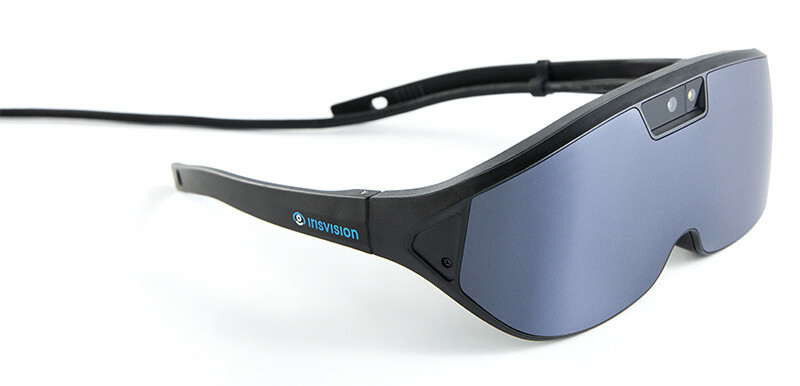Mobility Aids for Visually Impaired Users: Enhancing Independence and Navigation
Mobility Aids for Visually Impaired Users: Enhancing Independence and Navigation
Blog Article
Enhancing Availability Through Assistive Modern Technology for the Blind
The assimilation of assistive innovation for the blind represents a crucial advancement in ease of access, fundamentally altering just how people browse their environments and involve with society. As we check out the varied kinds of assistive devices and their tangible influences on daily living, it becomes necessary to check out exactly how ongoing technical innovations are reshaping the landscape of assistance for the blind community.
Review of Assistive Innovation
Assistive modern technology describes a series of gadgets and software program designed to boost the abilities of people with impairments, including those who are blind or visually impaired. This innovation plays a vital role in advertising freedom and enhancing the lifestyle for individuals. By providing alternate approaches for accessing info and doing day-to-day tasks, assistive technology empowers people to navigate their atmospheres better.
The growth and execution of assistive technology embrace a selection of concepts targeted at cultivating ease of access. These principles consist of user-centered layout, which focuses on the needs and choices of the person, and the combination of technology right into daily activities. Such improvements make sure that assistive gadgets are not just useful but also intuitive and simple to make use of.
In addition, assistive innovation includes a diverse range of options, from low-tech choices like magnifiers to sophisticated technologies such as display visitors and Braille display screens. The ongoing evolution of this area is driven by the need to address the distinct difficulties faced by people with visual problems (Wearable technology for low vision). As innovation continues to advancement, the capacity for enhancing access and advertising inclusivity continues to be appealing, eventually adding to a much more equitable society

Sorts Of Assistive Devices
Countless kinds of assistive devices are available to support people that are visually damaged or blind, each made to address specific demands and difficulties. These devices can be generally categorized right into 3 main types: low-tech, mid-tech, and modern remedies.
Low-tech devices include products such as magnifiers, Braille tags, and responsive maps. These are fairly easy tools that improve the customer's ability to connect with their atmosphere without needing intricate technology.
Mid-tech tools often involve advanced attributes, such as electronic magnifiers and portable Braille note-takers. These tools can provide capabilities like speech output, allowing individuals to access details much more successfully.

Influence On Daily Living
The availability of numerous assistive tools substantially enhances the quality of life for people that are aesthetically impaired or blind, impacting their day-to-day living in profound means. By incorporating technologies such as screen viewers, Braille presents, and audio description solutions into their regimens, individuals obtain higher freedom and self-reliance. These tools help with access to info, allowing individuals to do day-to-day tasks, such as reviewing emails, navigating public spaces, and delighting in media web content.
In addition, assistive devices equip people to involve more fully in social communications and neighborhood activities. The capacity to make use of smartphones outfitted with access features permits smooth interaction and connection with others. This connection cultivates a sense of belonging and decreases feelings of seclusion.
In professional settings, assistive innovation sustains productivity by permitting individuals to total job jobs effectively. Devices like voice recognition software and specialized magnification tools make it possible for users to join the workforce on equal footing with their sighted peers.

Developments in Technology
Current technological advancements have actually considerably transformed the landscape of tools available for individuals who are blind or visually impaired. The assimilation of artificial knowledge (AI) and machine learning has actually offered increase to applications that boost navigating and object recognition. As an example, smartphone applications can currently make use of AI to identify and describe surroundings in real-time, giving users with useful contextual info.
In addition, developments in haptic technology have actually led to the growth of wise canes geared up with sensing units that identify obstacles and provide responsive responses. This encourages users to navigate their environment with enhanced self-confidence and freedom. Technologies in text-to-speech software application and braille screens have actually enhanced the availability of digital content, permitting for seamless communication with various media.
Wearable innovations, such as wise glasses, are additionally making strides in helping visual disability. As technology continues to develop, the capacity for even more transformative devices continues to be on the perspective.
Future Trends and Innovations
As innovation swiftly proceeds, the future of assistive tools for people who are blind holds enormous assurance. Technologies in artificial intelligence (AI) and artificial intelligence are positioned to reinvent the method blind users communicate with their atmospheres. AI-driven applications are go to the website being developed to improve item acknowledgment, allowing individuals to identify and navigate their surroundings with look what i found better simplicity and accuracy.
Furthermore, developments in haptic feedback technology are enabling the development of tactile maps and navigation aids that provide real-time info via touch. These advancements not only improve flexibility yet additionally foster self-reliance. Additionally, wearable tools outfitted with augmented reality (AR) functions are arising, providing individuals aesthetic information through audio descriptions, therefore bridging the space between the electronic and physical globes.
In addition, the integration of smart home innovation offers new opportunities for access, permitting individuals to control their living atmospheres with voice commands or smart device applications. As partnership between technology designers and the blind area continues, the concentrate on user-centered style will certainly ensure that future technologies are customized to fulfill the special needs of this populace (Wearable technology for low vision). The trajectory of assistive modern technology assures a more comprehensive and empowering future for people that are blind
Conclusion
In verdict, assistive modern technology plays an important role in enhancing availability for people with visual problems. Continuous advancements in modern technology and user-centered style guarantee that these devices provide properly to the special needs of the blind area.
The assimilation of assistive innovation for the blind represents a crucial advancement in availability, fundamentally changing how individuals browse their settings and involve with society.Assistive innovation refers to a range of gadgets and software application developed to improve the capabilities of individuals with impairments, consisting of those who are blind or aesthetically impaired. Wearable technology for low vision.As modern technology swiftly progresses, the future of assistive tools for individuals who are blind holds enormous assurance. The trajectory of assistive innovation assures a much more empowering and comprehensive future Click Here for people who are blind
In conclusion, assistive innovation plays an essential function in improving ease of access for people with visual problems.
Report this page